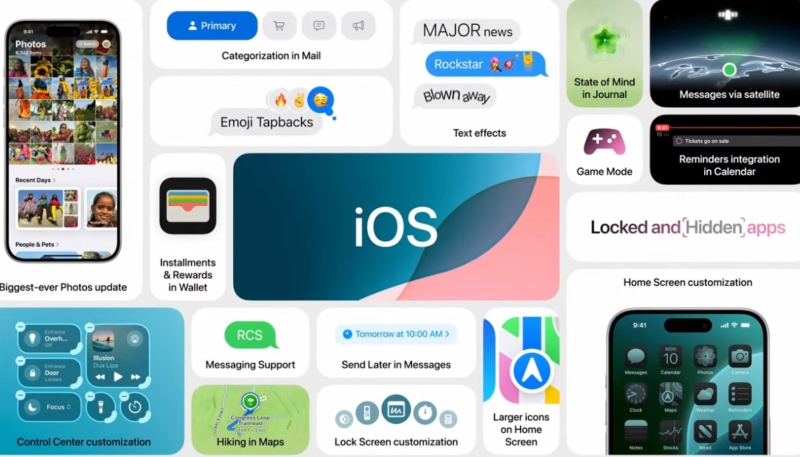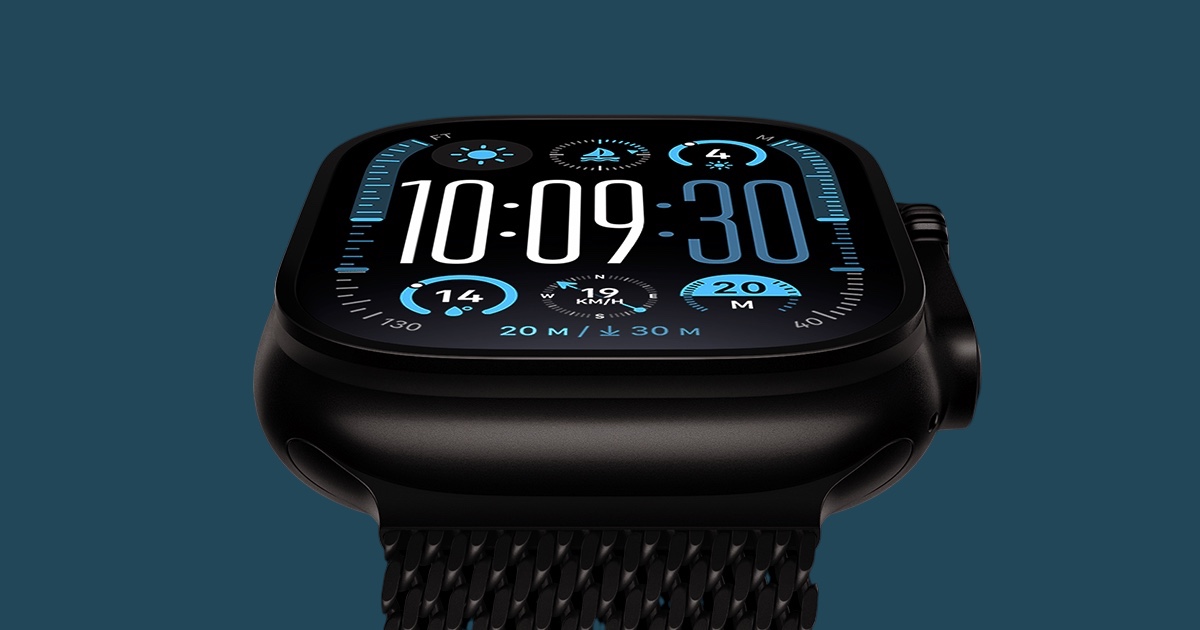[rwp-review id=”0″]
Last year, Lenovo released its second iteration of tablet siblings the Yoga 8 and Yoga 10 HD+, both numbers indicative of their screen sizes.
Lenovo dropped the reference to screen sizes in its official product naming convention and opted to use the iteration number instead. Late last year and this year witnessed the launch of the Yoga Tablet 2, which comes in two variations, 8 and 10 inches (the latter reviewed today) and the Yoga Tablet 2 Pro, reviewed late last year here.
So, what’s different in the Yoga Tablet 2 and how does it fair against the myriad of competitors out there in the mid-range Android tablet market? Let’s find out.
Design
Lenovo continues to take pride in its unique and innovative battery cylinder and kickstand on one side design, allowing the weight of the tablet to shift to one side, inclusion of a large battery and the ability to use the tablet in multiple ways. Check the links above for a description of the battery cylinder and kickstand if this is your first exposure to a Lenovo tablet.
What is different in the kickstand from the Yoga 10 though is that it now has an oval opening on the center of the kickstand blade, allowing for the tablet to be hung on walls and cabinets at will. An interesting addition to the tablet’s already rich offering in terms of usage styles.
Behind the kickstand blade sits a lever openable like a remote control battery hatch, made to house an external micro SD card.
Beyond that, the tablet still has the same all aluminum sturdy design with the textured back, and pretty much maintains the dimensions of its predecessor. The tablet has a 10 inch screen and weighs about 620 grams. The speaker grill is now slightly larger with the holes spread out wider and larger in diameter.
Hardware
The Yoga Tablet 2 boasts an Intel Quadcore 1.86 GHz processor, supported by 2GB’s of RAM and 16GB’s of internal storage, expandable by a micro SD card of up to 64GB. As far as hardware is concerned, it has everything going for it for a tablet this size and this price category, and is on par with the Yoga Tablet 2 Pro.
The tablet has a 8MP back camera that sits on the cylinder and a 1.6MP HD front one.
Software
The Lenovo Yoga Tablet 2 uses the same Lenovo Android heavily customized skin it has on the Yoga Tablet 2 Pro with some omitted features. One of the omitted features, for example, is the auto folder app sorting option available on the Tablet 2 Pro, covered in our review here. Another obvious omission are the features relating to the projector present on the Tablet 2 Pro.
Beyond those few changes, the experience is pretty much the same. The tablet has Android 4.4.2 (KitKat), which as mentioned, is heavily customized to the degree that you can’t really see any traces of the stock Android experience on it. Some may like or dislike this, but this is the direction Lenovo has gone for from the start, and if you’re a Lenovo smartphones fan, you’re probably accustomed to their software experience by now. For new comers, it might take a little while to get used to depending on their previous experience, but feedback we received from adopters has been overwhelmingly positive.
Some of these bells and whistles include multi-window support, a shortcut control center accessible by swiping upwards from the bottom.
We found the multi-window feature to be particularly useful since it’s not limited to just 2 windows. However, the more windows you add, the more there’s a chance for the tablet to under-perform, apps to crash and aspect ratios to go haywire. Which makes us question the logic behind not limiting the multiple windows if the tablet can’t handle that many open together efficiently.
Display
The tablet comes with a 10.1″ screen with a 1920×1200 resolution, with 224 ppi (pixel density). While the resolution is quite decent, it’s not on par with the competition out there. For example, the Nexus 9 comes with a 2048×1536 resolution at 281 ppi. Additionally, despite the high resolution, we found the text under the icons to be somewhat pixelated for some reason (check image gallery above). This affects the overall experience if you’re picky about such things or if you’ve seen the other tablet options out there.
The display can get very bright in its highest brightness setting, making it very much usable and readable in broad daylight. One thing we always tend to do with Lenovo tablets though is that we immediately switch off the auto brightness feature due to violent fluctuations in brightness degrees. You’d be sitting at home and small variations in ambient light result in sudden spikes or drops in the display’s brightness. It happens so often that it just becomes quite annoying to deal with.
Beyond that, when consuming media, playing videos and playing games, the display is beautiful to use actually. The resolution and brightness come together to give a pleasant overall experience.
Camera
Like the vast majority of tablets out there, the camera on the Yoga Tablet 2 has nothing notable going for it. Images come out grainy and the camera under performs in low light, as do most tablet cameras.
Battery
This is the best thing about this tablet. The Yoga Tablet 2 comes with a 9,600 mAh battery, which is as big as the one available in the bigger 13″ Yoga Tablet 2 Pro.
Lenovo has always made bold, yet true, claims about battery life on their products. They said this one lasts for 18 hours and we definitely found this to be true. Naturally, it’s highly dependent on how you’re using it though. Graphics intensive games and watching hours of videos will cut into that estimation, still great when compared to other tablets out there considering the display size, quality and the processing power under the hood. It’s definitely one of the best out there in terms of battery life and that’s largely thanks to the battery cylinder’s design.
Performance
Our experience with the Yoga Tablet 2 Pro was better. This one was a bit of a disappointment if we are to be honest here. The touchscreen would sometimes not register our touches or delay in taking action. Other times, as mentioned above, the multi-window feature would crash.
Occasional lagging experienced here and there didn’t help the situation either. Since this tablet has almost the same specs as the Tablet 2 Pro, it is clearly a software and not a hardware issue experienced here. Which means it’s fixable by a software update, which we’re sure Lenovo is currently working on to address some or all of these issues.
Conclusion
The Lenovo Yoga Tablet 2 has nothing going for the Tablet 2 Pro and everything going for a budget average tablet. Apart from the battery life and the unique kickstand usage modes, nothing sets this tablet apart from the rest of the pack out there at similar price points. The battery life and kickstand modes definitely gives it an advantage, but the question consumers need to answer when making a purchasing decision is: are they enough? We think not.









